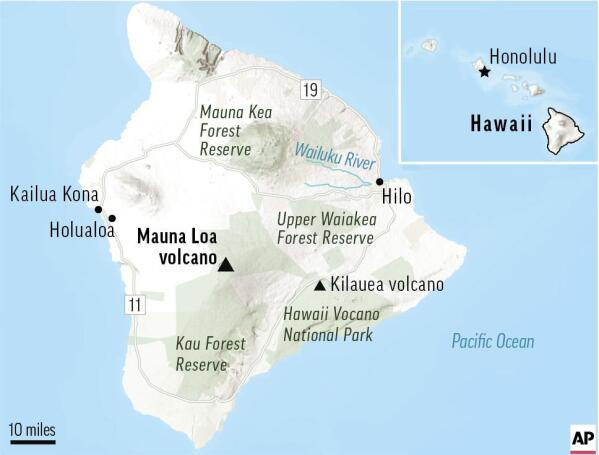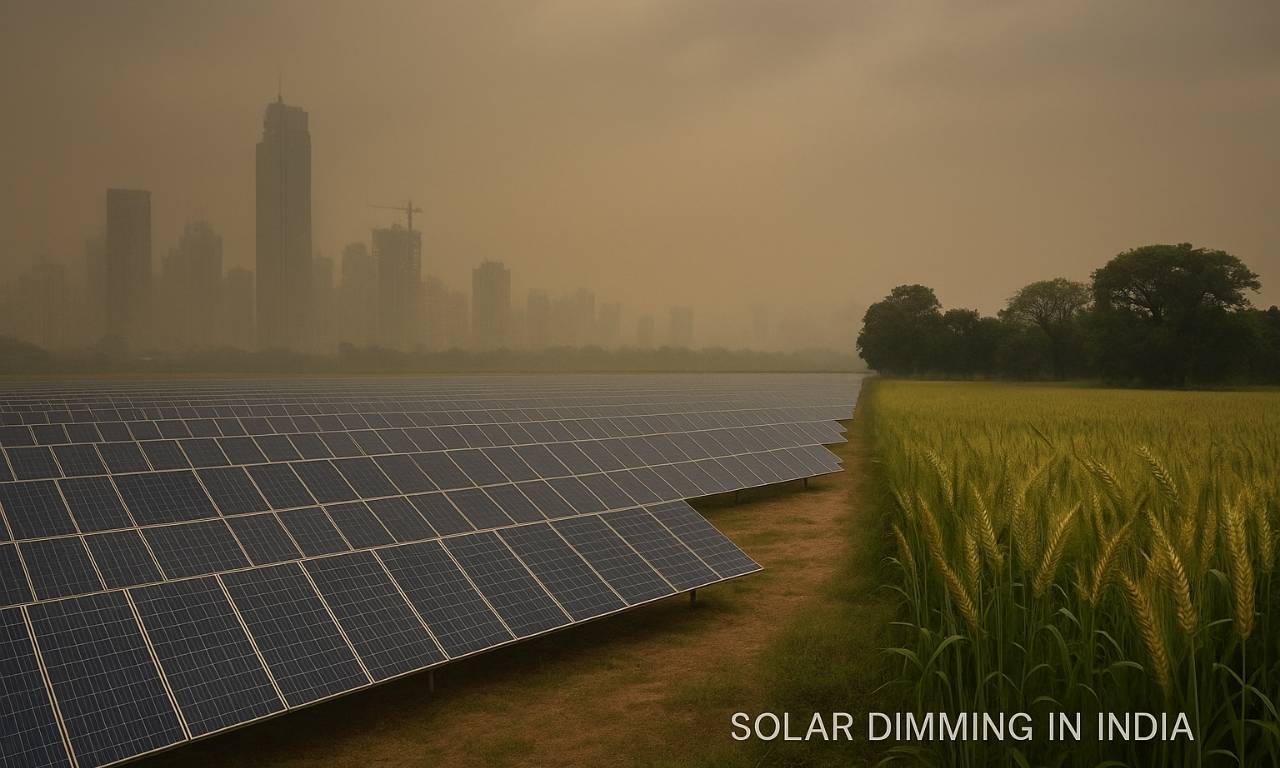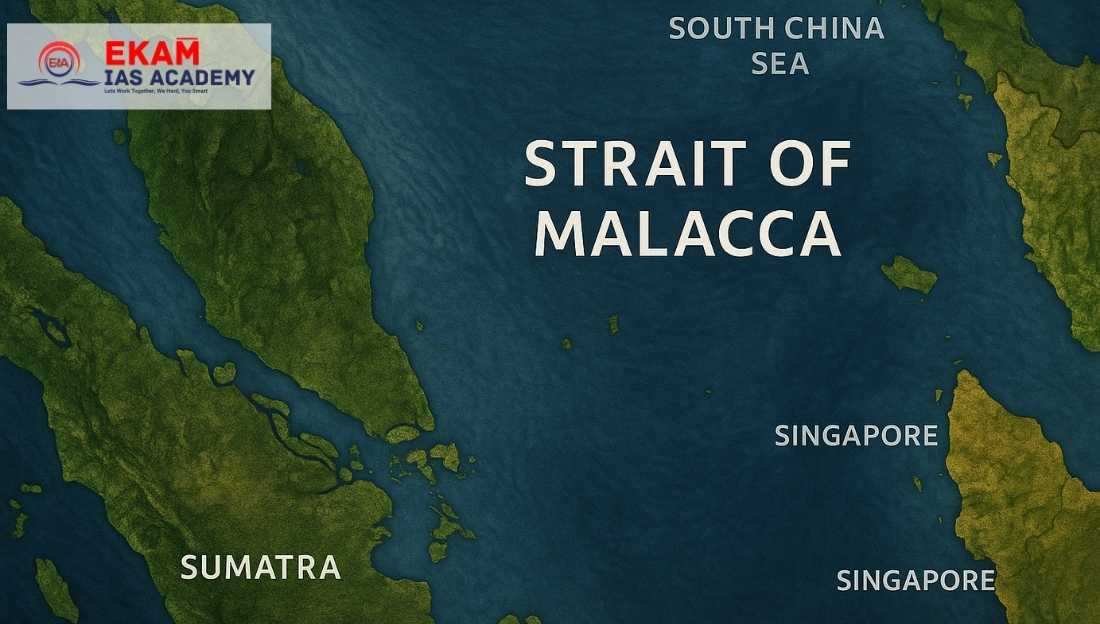Kilauea volcano in Hawaii has resumed erupting, reminding the world of its status as one of the most active volcanoes globally. The event is being closely monitored due to its potential impact on the environment, tourism, and local communities.
About Kilauea
- Location: Situated on Hawaii’s Big Island, inside Hawai’i Volcanoes National Park.
- Type: A shield volcano, known for broad, gently sloping sides.
- Eruption Style: Produces effusive lava flows (steady streams of lava) rather than highly explosive eruptions.
- Relation with Mauna Loa: Lies next to Mauna Loa, the world’s largest volcano.
- Activity: Smaller than Mauna Loa but more active; has erupted almost continuously between 1983 and 2018.

VOLCANOES
- Definition: Natural opening in Earth’s crust where magma, gases, and ash escape from the interior to the surface.
- Types of Volcanoes (based on activity):
- Active: Erupt frequently (e.g., Kilauea, Barren Island in India).
- Dormant: Currently quiet but may erupt again (e.g., Mount Vesuvius, Italy).
- Extinct: No eruption for thousands of years; unlikely to erupt (e.g., Deccan Traps, India).
Volcanoes in India
- Active: Barren Island (Andaman & Nicobar Islands) – India’s only active volcano.
- Dormant: Narcondam Island (Andamans).
- Extinct: Deccan Plateau, formed from massive volcanic activity ~65 million years ago.
Conclusion:
Kilauea’s eruption highlights the dynamic nature of Earth’s geology. Studying such volcanoes not only helps in disaster preparedness but also improves understanding of plate tectonics and landform evolution.





